X
Electric hoists represent their own machinery, strength, and toughness, while the stage is elegant, flowing, and soft, with conflicts and collisions between the two.
Stage - specific lifting slings are professional tools used to lift heavy objects such as various equipment and props in scenarios like stage performances and stage construction. They feature safety,
Category : Sling Series
Get a Quote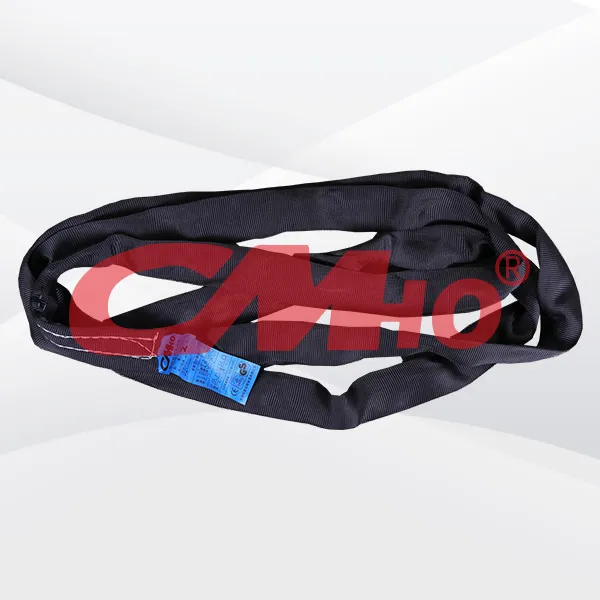
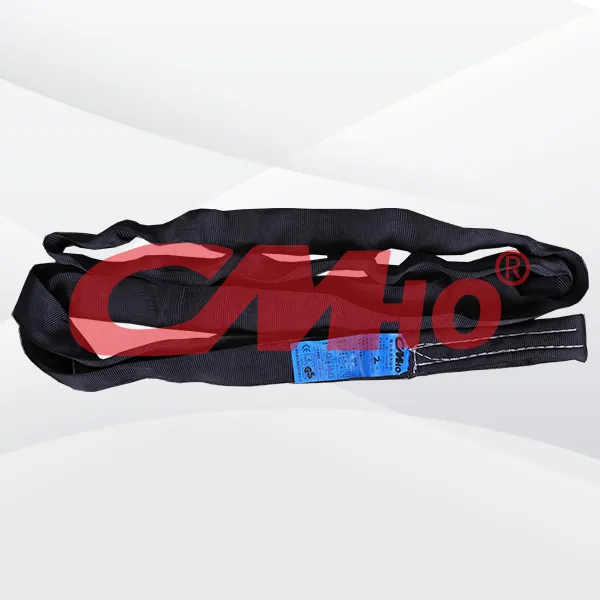



Product Details
A Comprehensive Analysis of Stage - Specific Lifting Slings: The Hidden Force of Safety Behind the Stage In the grand scenes of stage performances and stage construction, there is a crucial player that often remains hidden behind the scenes but plays a vital supporting role in the overall stage effect. That is the stage - specific lifting sling. As a professional tool for lifting heavy objects such as various stage equipment and props, the stage - specific lifting sling has become an indispensable part of the stage field, thanks to its unique materials, remarkable features, diverse types, and wide application scenarios. I. Materials: A Choice of Combining Rigidity and Flexibility (I) Synthetic Fiber Materials Polyester and nylon are commonly used synthetic fiber materials for stage - specific lifting slings. The polyester lifting sling has high strength, can withstand a large pulling force, and has excellent wear - resistance, acid - and - alkali - corrosion resistance. It can remain stable even in complex stage environments. At the same time, it is soft in texture. When in contact with the lifted object, it is like a gentle pair of hands and will not cause the slightest damage to the surface of the equipment or props. The nylon lifting sling is known for its good flexibility and impact - resistance. It can easily handle objects with strange shapes or different weights and achieve stable lifting. (II) Metal Materials In special occasions where extremely high requirements are placed on lifting safety and a large weight needs to be borne, lifting slings made of metal materials such as high - strength alloy steel come into play. Metal lifting slings have high strength and good rigidity, providing reliable support. However, due to their relatively heavy characteristics, they are slightly inferior to synthetic fiber lifting slings in terms of flexibility and are limited in use in some scenarios with high requirements for flexibility. II. Features: Full - fledged Advantages (I) High Safety Each stage - specific lifting sling has gone through strict quality inspections and safety certifications and has a high safety factor. This means that during the intense performance preparations and wonderful performances, it can consistently ensure lifting safety, prevent safety accidents such as breakage, and build a solid safety line for performers and the audience. (II) Good Flexibility The lifting sling can be flexibly adjusted according to the shape and size of the lifted object, closely fitting the surface of the object, as if it were tailor - made. In this way, the object remains stable during the lifting process, without the risk of shaking or slipping, ensuring the stability of the lifting. (III) Lightweight and Easy to Operate Compared with traditional lifting tools such as steel wire ropes, stage - specific lifting slings are lighter in weight. Operators can easily carry and use them without expending too much physical effort. This not only improves work efficiency but also enables workers to maintain a good state during long - term stage construction and equipment adjustment work. (IV) Protect the Lifted Object Its soft material is a caring protector of the lifted object. It will not scratch or abrade the surface like metal lifting tools. For those stage equipment and props with a smooth surface and high value, the stage - specific lifting sling is undoubtedly the best choice for lifting. III. Types: Diverse Choices for Precise Adaptation (I) Flat Lifting Slings Flat lifting slings are made of flat strip - shaped fabrics. Their flat surface has a large contact area with the lifted object, which can evenly distribute the pressure. This feature makes it an ideal choice for lifting large - scale flat objects or regularly - shaped equipment. For example, large - scale background curtains and square - shaped lighting racks can be smoothly positioned under its action. (II) Round Lifting Slings Round lifting slings are circular in shape and are usually carefully woven from multiple strands of synthetic fiber filaments. It has good wear - resistance and cut - resistance. When lifting cylindrical objects such as speaker columns or when performing lifting operations that require passing through narrow spaces, it performs outstandingly and can easily meet various complex lifting requirements. (III) Colored Lifting Slings In order to facilitate differentiation and management on the stage, some lifting slings are marked with different colors. Lifting slings in various colors such as red, blue, and yellow are not only a beautiful scenery on the stage but also have practical functional significance. They can be used to lift different types of equipment or props and can also intuitively represent different load - bearing levels, making it clear at a glance for workers and avoiding potential safety hazards caused by confusion. IV. Application Scenarios: The Invisible Heroes Behind the Stage (I) Lifting of Lighting Equipment The installation and fixation of lighting fixtures, lighting racks, and other equipment on the stage cannot be separated from the assistance of lifting slings. Through precise lifting, lighting equipment can be accurately positioned in the appropriate position, creating a magnificent lighting effect for the performance. Whether it is a gorgeous follow - spot light or a dreamy ambient light, the lifting sling silently supports from behind. (II) Lifting of Audio Equipment The position of audio equipment is crucial to the audio effect of the performance. The lifting sling can select the appropriate specifications and types according to the weight and shape of the audio equipment, lift the audio equipment to the best position, enabling the sound to spread and disperse better, and immersing the audience in a shocking auditory feast. (III) Lifting of Stage Props Large - scale background curtains, prop models, and other stage props are key elements in creating the performance scene and effect. Relying on its excellent performance, the lifting sling can smoothly lift and fix these props in the designated position, creating a realistic scene for the performance and making the audience feel as if they are on the scene. (IV) Lifting of Stage Mechanical Devices Lifting slings also play an indispensable role in the installation and debugging of stage mechanical devices such as lifting platforms and rotating stages. Through the precise positioning of the lifting sling, these mechanical devices can be smoothly positioned to ensure their normal operation during the performance, adding more dynamics and surprises to the stage performance. V. Precautions for Use: Key Points for Safe Use (I) Select the Appropriate Lifting Sling According to the weight, shape, and size of the lifted object, choose the matching specifications and types of lifting slings. At the same time, it is necessary to ensure that the rated load of the lifting sling is greater than the weight of the lifted object. This is the primary prerequisite for ensuring lifting safety. (II) Inspect the Lifting Sling Before each use, carefully inspect the lifting sling to check for damage, wear, broken filaments, etc. Once any problems are found, it must be replaced in a timely manner. Do not take chances. At the same time, also check whether the connectors of the lifting sling are firm to prevent loosening during the lifting process. (III) Use the Lifting Sling Correctly During the lifting process, tie the lifting sling correctly to the lifted object to ensure that it is evenly stressed. And always pay attention to avoiding contact between the lifting sling and sharp objects to prevent scratches, which may affect the performance and service life of the lifting sling. (IV) Regular Maintenance and Care After using the lifting sling, clean and maintain it in a timely manner to avoid being affected by factors such as moisture and corrosion. Regularly inspect and test it to ensure that it is always in good performance condition and can escort the stage lifting work at any time.
The stage - specific lifting sling, with its unique materials, diverse types, remarkable features, and wide application scenarios, plays an indispensable role in stage performances and stage construction. It is not only a key tool to ensure the safe lifting of stage equipment and props but also a behind - the - scenes hero to achieve wonderful stage effects. Through correct selection, use, and maintenance, the stage - specific lifting sling will continue to contribute to the development of stage art and help present one stunning performance after another.
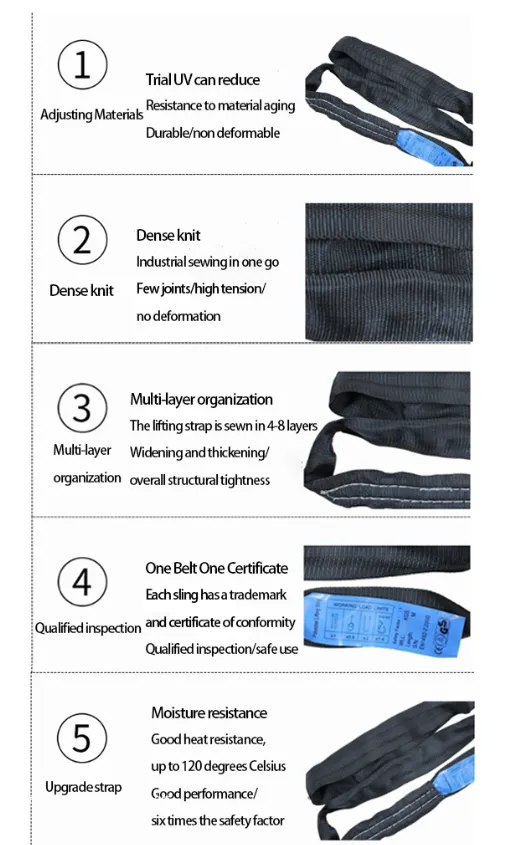
RELATED PRODUCTS .
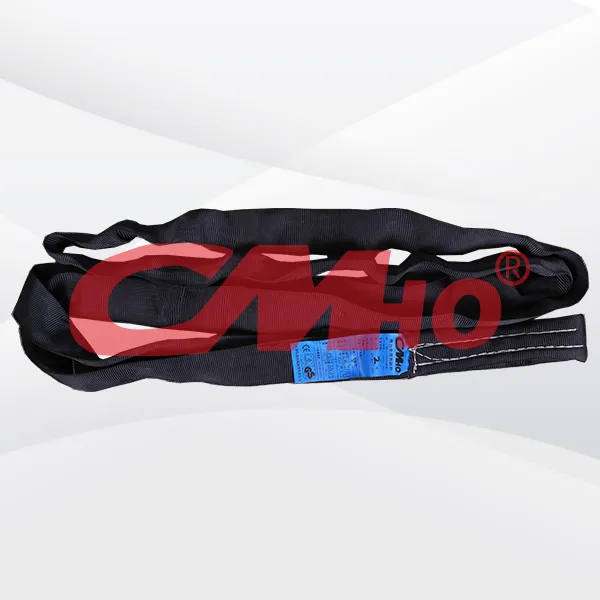
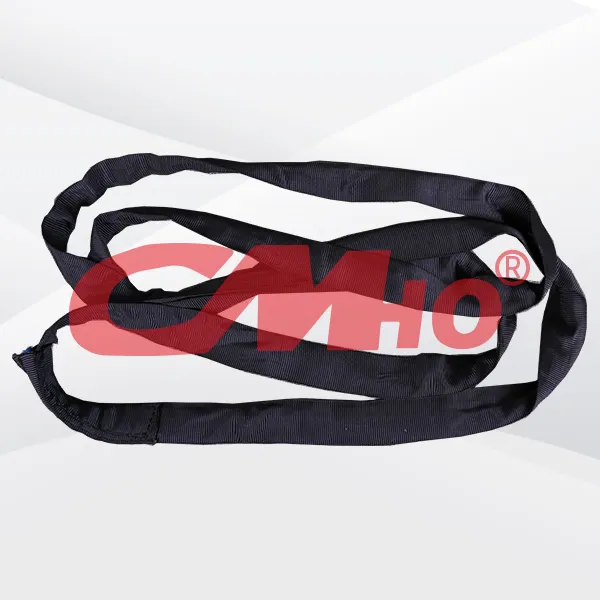
The polyester black lifting sling also features non-conductivity and no corrosion, ensuring safety and wide applicability. These characteristics make it an efficient and reliable hoisting tool, especi
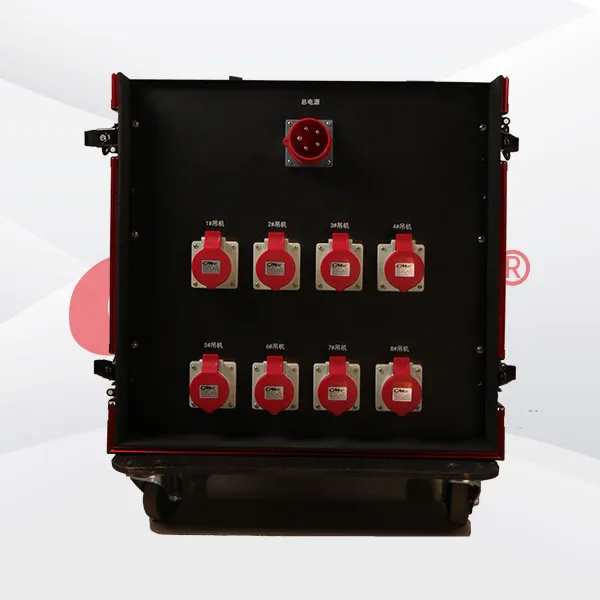
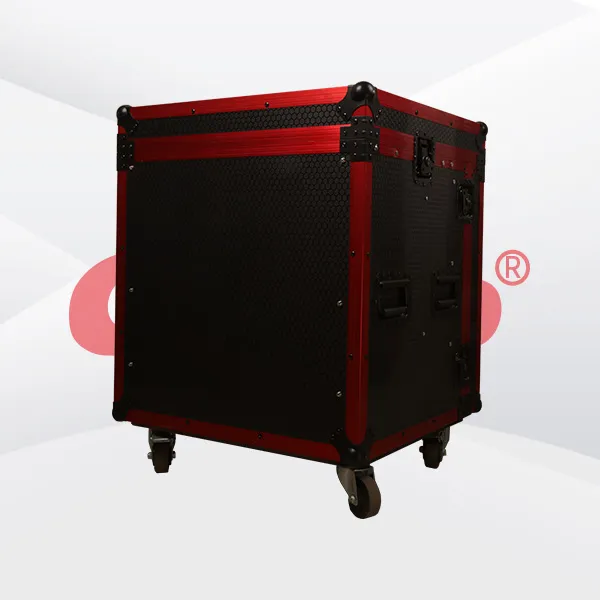
The aircraft case truss hoist controller is suitable for the quick installation and adjustment of stage lighting, sound systems, and other equipment. It performs exceptionally well in enviro
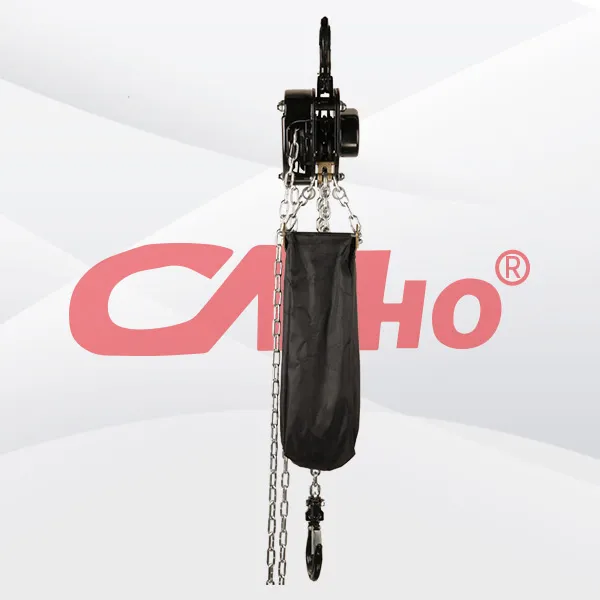
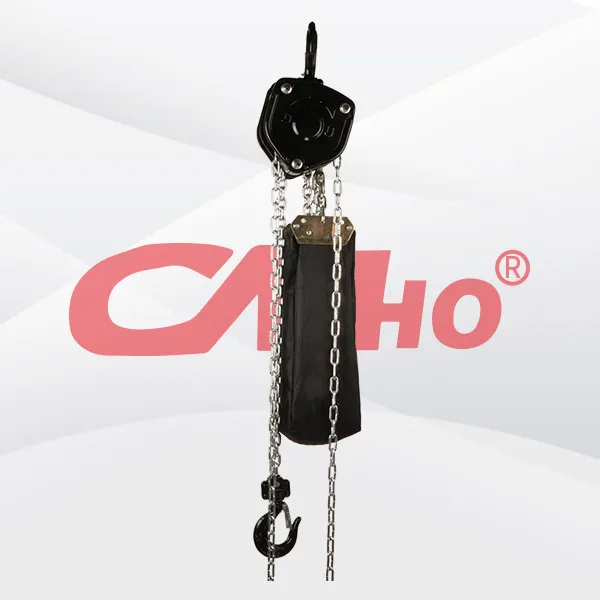
Factory-direct hand-pulled stage hoists are ideal for the quick installation and adjustment of stage lighting, sound systems, and other equipment. They perform exceptionally well in environments witho
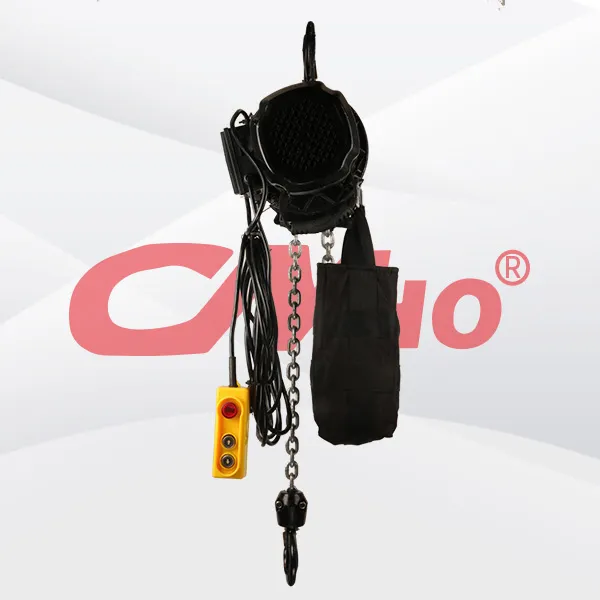
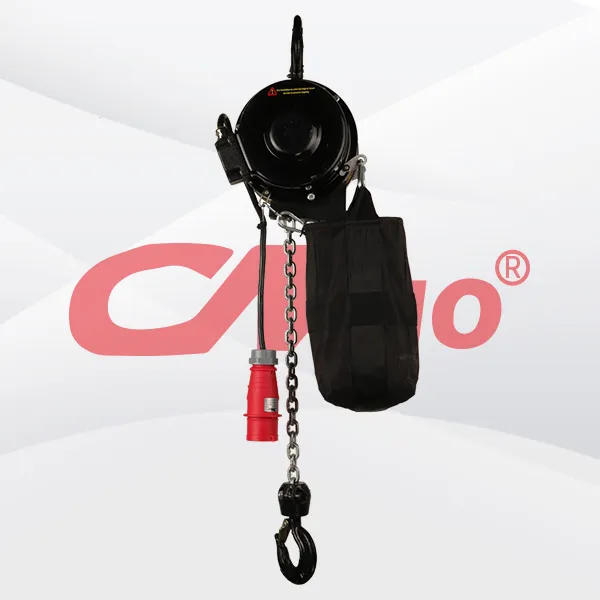
The stage truss motor equipped with a limit switch deeply integrates powerful performance, precise control, and excellent safety. It can not only easily handle the hoisting and accurate positioning of
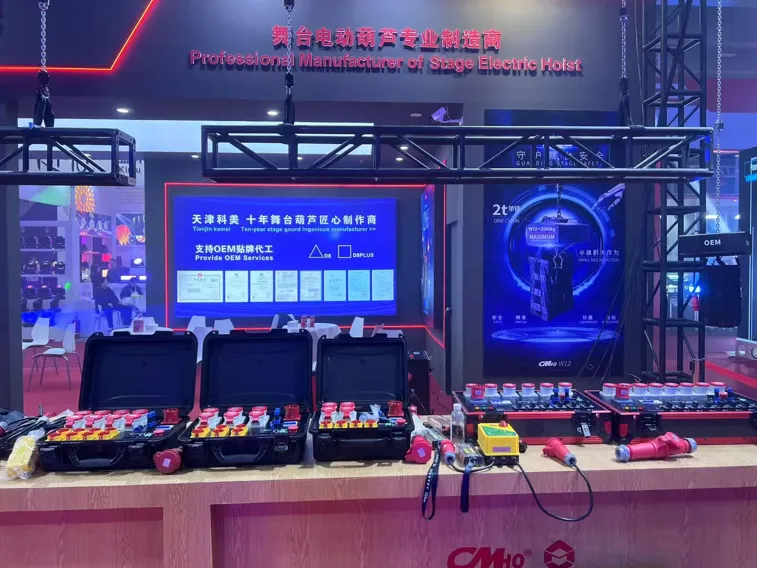
2025-02-28
创始人
0
The participation of Tianjin Kemei in the Guangzho...
Tianjin Kemei made a remarkable and eye-catching appearance at the Guangzhou (International) Performing Arts Equipment, Intelligent Acoustic, Optical and Electrical Products...
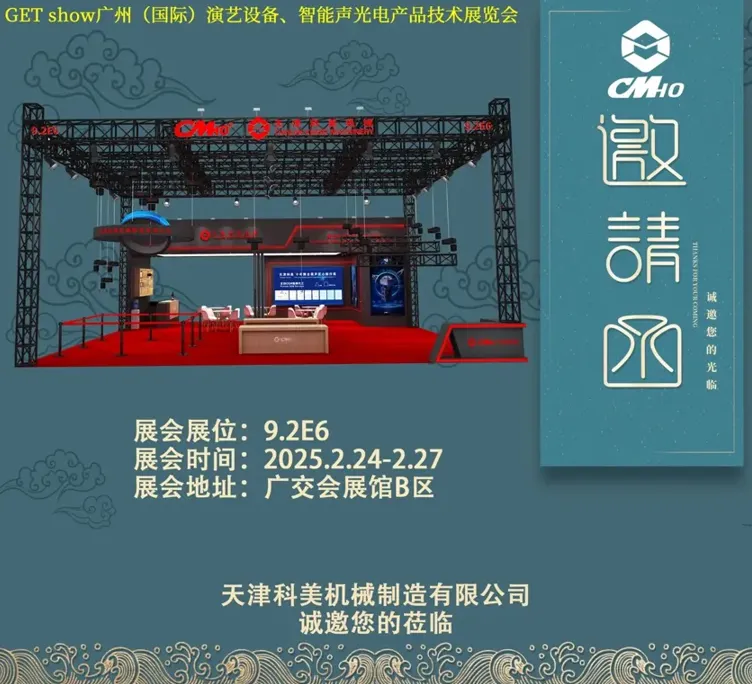
2025-02-27
创始人
0
Guangzhou (International) Performing Arts Equipmen...
In the era of the rapid development of stage lifting equipment and intelligent acousto - optic technology, every industry event serves as a crucial opportunity for innovatio...
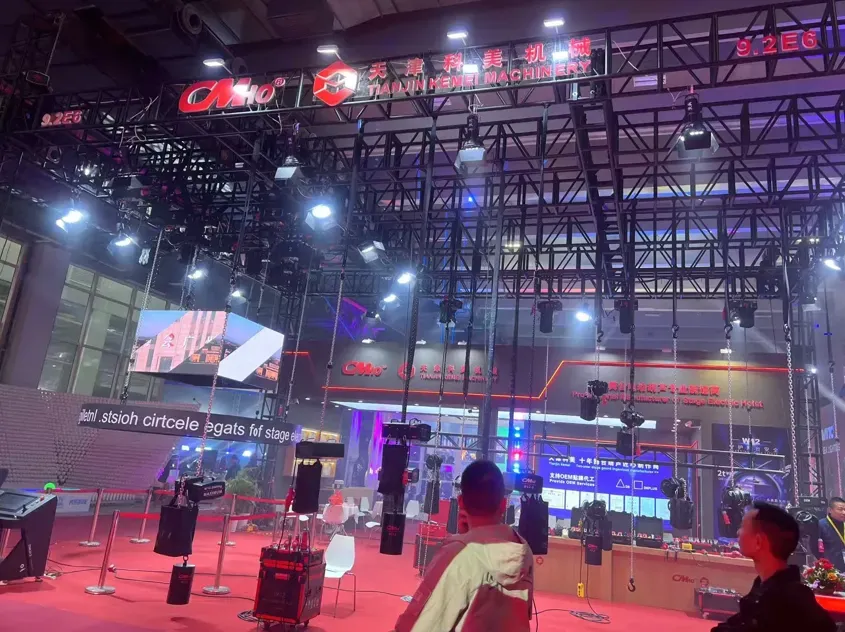
2025-02-27
创始人
0
GET show Guangzhou (International) Performing Arts...
Tianjin Kemei Machinery Manufacturing Co., Ltd. has been deeply engaged in the stage equipment manufacturing field for many years and has developed into a modern benchmark e...
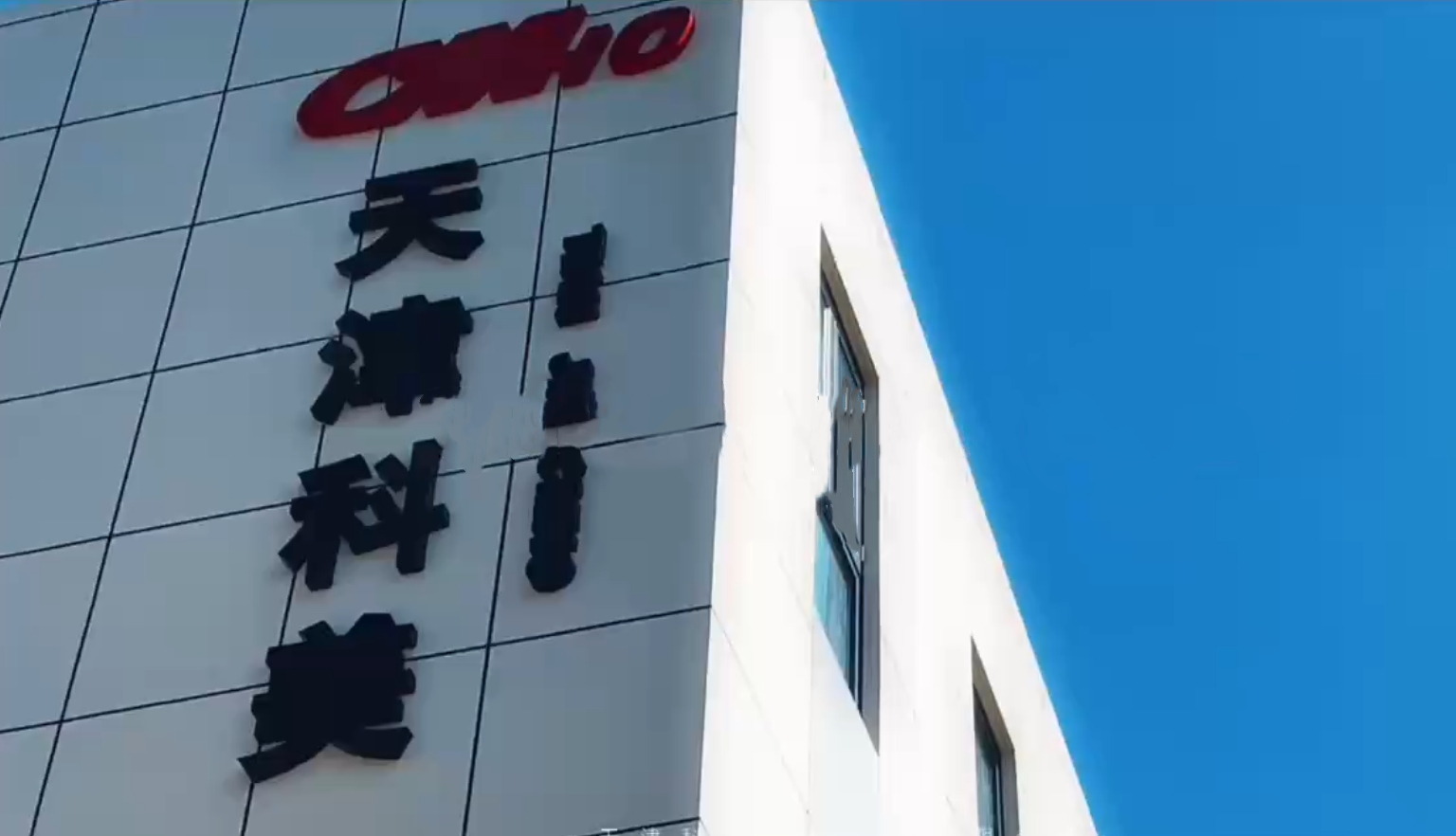
2024-09-24
admin
0
Tianjin Kemei Machinery Manufacturing Co., Ltd. Ne...
Tianjin Kemei Machinery Manufacturing Co., Ltd.: New Starting Point, New Journey - New Factory Relocation Record

